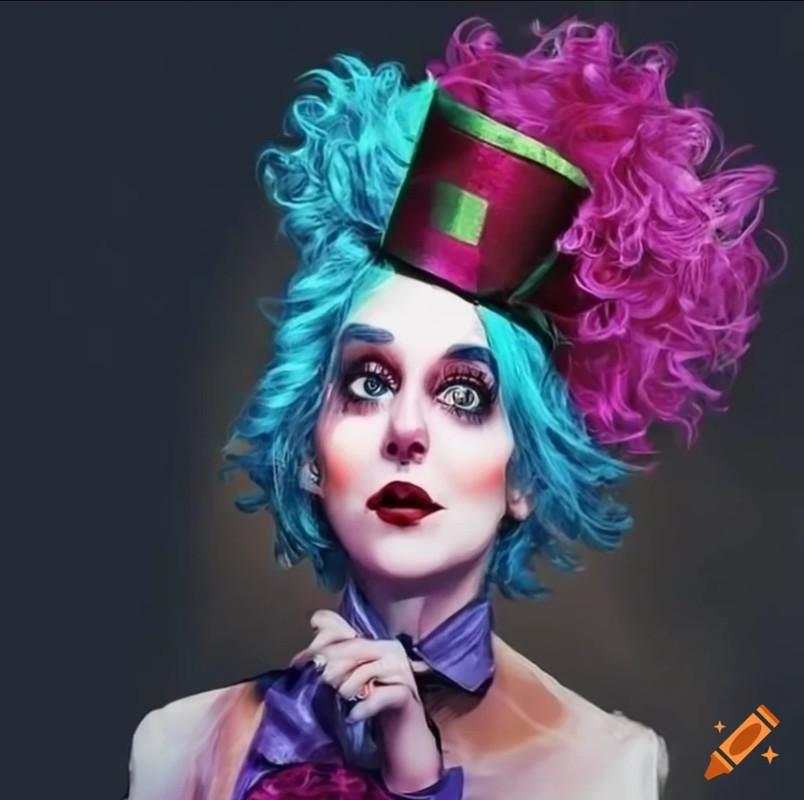(I wrote this a few weeks ago when it was more relevant. . .)

NFTs
The NFT "market" crashed to no one's surprise. Ninety-five percent of NFTs are now worthless. I thought at the beginning 95% were worthless regardless, but now buyers who invested thousands of dollars have lost it all. It's satisfying because those thousands, even just hundreds of dollars could have been spent buying real, physical art that only gains value over time. But I said in the beginning, this was a way for people already within the crypto space to profit off of stolen work and pixels on a screen.
A few other fun facts from this (seemingly pro-NFT) article:
"Currently, Bitcoin is worth $27,223, and Ethereum is $1,630.99, a far cry from their all-time high values of more than $65,000 and $4,700, respectively. As for NFT, the news is dire."
"It is not just that NFTs are generally worth nothing, people are not especially interested in buying new NFT assets, leaving artists in the lurch." ("Artist" is a bold term here.)
". . .only 21% of the collections that dappGambl has identified have full ownership, meaning that the collections are spoken for by investors and NFT collectors. Put another way, four of every five NFT collections collect dust."
So real art is back in! Well, hopefully.
AI ART
I really believe AI "art" is heading this way as well. And by extension, things like AI-written work (ChatGPT.)
I think humans are incredibly good at recognizing what is not human. As an artist I can also spot strange artistic choices that easily give away AI generated work. Artists explain through this article a few different ways they spot AI work:
People often joke online that you can’t look too closely at the hands in AI art, or you’ll discover bizarre finger configurations. “The eyes can be a little bit funky as well,” says Logan Preshaw, a concept artist who denounces the use of current AI tools. He says, “Maybe they're just kind of dead and staring out into nowhere, or they have strange structures.”
Dan Eder, a 3D character artist, thinks viewers should consider the overall design of a piece when trying to spot an AI image. “Let’s say it was a ‘fantasy warrior armor’ type of situation. At a glance, the artwork looks beautiful and highly detailed, but a lot of the time there’s no logic behind it,” he says. “When a concept artist creates armor for a character, there are things you have to take into account: functionality, limb placement, how much is that going to stretch.”
John Ramsey, an artist who creates cute animal illustrations, points out the lack of intentionality in AI images. “AI doesn't have any experiential basis to understand what people are, what trees are, or what hands are,” he says. “All that stuff is just being thrown in, because it was able to associate the words of your prompt with data points within the latent space that corresponds to them. This was the closest stuff that it could bring. It doesn't know why.” Savvy viewers might be able to spot the difference by identifying a clear, visual narrative.
I also think the fascination with and novelty of AI-generated work is quickly evaporating. AI is incredibly limited and will never understand forms and light in a way that isn't just pixel-relation. They are trained on stolen, pre-existing work on the internet and will never capture specific styles perfectly, nor any one artist's style. (Nor create art that is truly unique.) Especially those who exist exclusively off the internet.
There will always be this want to have a certain artist's work or a certain style that can not be achieved through machines. And there is certainly a "style" of AI work that is quickly becoming uninteresting as we're definitely seeing a limit of its capabilities.
And most importantly, AI can't draw hats correctly!
But if my fellow artists did fear for their jobs, fret not. You can now "poison" AI art generators!
"A new tool lets artists add invisible changes to the pixels in their art before they upload it online so that if it’s scraped into an AI training set, it can cause the resulting model to break in chaotic and unpredictable ways.
"The tool, called Nightshade, is intended as a way to fight back against AI companies that use artists’ work to train their models without the creator’s permission. Using it to “poison” this training data could damage future iterations of image-generating AI models. . .
"Nightshade exploits a security vulnerability in generative AI models, one arising from the fact that they are trained on vast amounts of data—in this case, images that have been hoovered from the internet. Nightshade messes with those images."
These are just a few thoughts and updates about NFTs and AI art. I'd like to hear what everyone else thinks and feels.
Remember, support your local, human artists!
